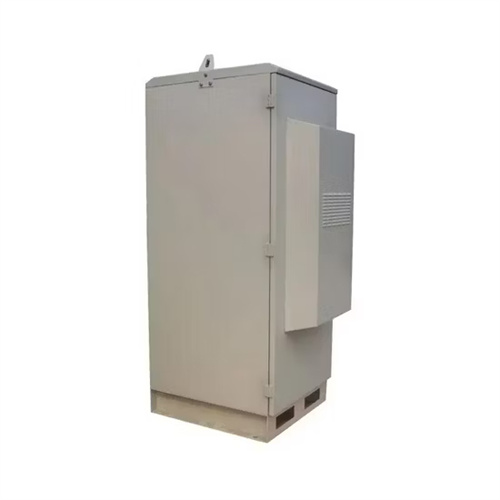About Atp role in short term energy storage
As the photovoltaic (PV) industry continues to evolve, advancements in Atp role in short term energy storage have become critical to optimizing the utilization of renewable energy sources. From innovative battery technologies to intelligent energy management systems, these solutions are transforming the way we store and distribute solar-generated electricity.
When you're looking for the latest and most efficient Atp role in short term energy storage for your PV project, our website offers a comprehensive selection of cutting-edge products designed to meet your specific requirements. Whether you're a renewable energy developer, utility company, or commercial enterprise looking to reduce your carbon footprint, we have the solutions to help you harness the full potential of solar energy.
By interacting with our online customer service, you'll gain a deep understanding of the various Atp role in short term energy storage featured in our extensive catalog, such as high-efficiency storage batteries and intelligent energy management systems, and how they work together to provide a stable and reliable power supply for your PV projects.
Related Contents
- What molecule is used for short term energy storage
- What food is good for short term energy storage
- What provides short term energy storage for plants
- Glycogen short term energy storage for
- Are carbohydrate used as short term energy storage
- How does atp work for storage and release of energy
- How do cells couple energy storage in atp and nadh
- The energy storage form of atp quizlet
- Role of redox reactions in energy storage
- Short duration energy storage
- Which orgsnic molecules are used for long term energy storage
- Organic molecules used for long term energy storage are


